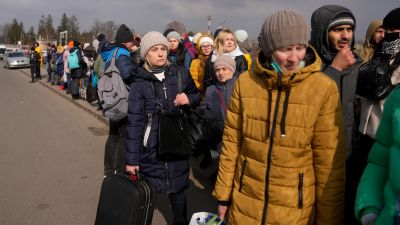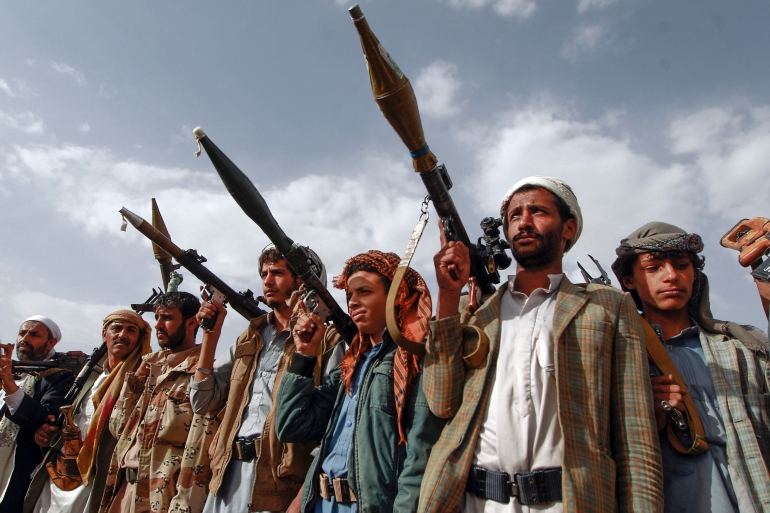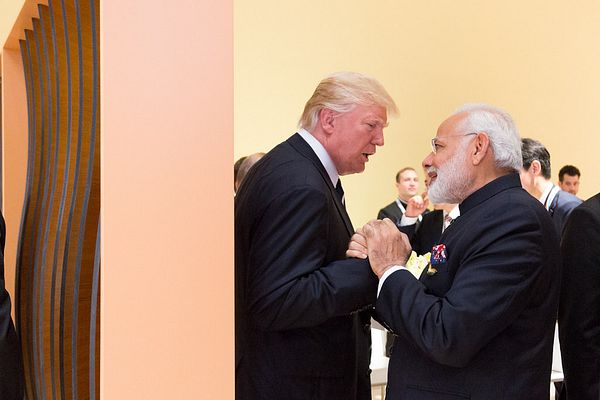The COVID-19 pandemic has caused around 290,000 deaths and at least 4.3 million confrimed cases worldwide.The persistence of pandemic has caused a amjor economic crisis and ressesion. Self-isolation and social distanceing has showed a huge downward shift in all economic sectors globally and stock markets have gone to new highs. Agriculture sector has faced 20% decline in demand because of safety measures that have been imposed. These imposition have caused a big loss of perishable goods. Panic buyinh has caused a shiratge to whatever was already available.
Analysis of the countries hit by the second wave of Coronavirus:
United Kingdom:
⦁ The prime minister of United Kingdom shared a warning that the second wave in UK is leaving it to be at a critical point. Chief scientific adviser Sir Patrick Vallance corroborated the idea by adding that UK is expected to face 50,000 per day in October 2020, but the speed of virus spreading has reduced than before.
⦁ North-West and North-East are badly hit along with Liverpool, Manchester and New Castle where the rate of infection has increased by 10%.

⦁ Hospitals in UK are admitting only the patients with serious symptoms. Cases have seen a decline in Northern Ireland but there is a continuous threat of rising. UK can expect what is coming from France where cases started emerging again earlier than UK.
⦁ There is a threat of more people losing their lives in winter than usual in UK. People catch respiratory illnesses and flu due to harsh winter WEATHER which causes deaths, but now there is a new virus with possibly no vaccine up till now has become a new major threat for UK.

Canada:
⦁ Canada is weeks into seconf wave of pandemic and there are 2,5000 new cases have been reported across the State.
⦁ The cases of hospitalization have increased in Alberta, Saskatchewan, and Manitoba. Manitoba showed a deadly hike in cases, 150 in one day, and now is under lockdown, whereas cases in Saskatchewan have simply doubled.
⦁ There are 783 new cases in Ontario and 239 in Toronto along with five new reported deaths. Ontario has hired 100 new people to help and track new cases of infection and more to be hired by November 2020.
⦁ Canada reported record 2,554 new cases on October 9th alone. Quebec has reported 969 new cases and eight deaths. 844 cases were reported only between October 14th and 15th.
China:
⦁ The Chinese people fear the outbreak of second wave of coronavirus as new cases in China resurged.
⦁ According to the authorities the second wave of coronavirus is likely to take happen because the borders have been opened again.
⦁ The Director of the Infectious Disease Department at Huashan Hospital, Zhang Wenhong, said that if even if an effective vaccine is develop it will take almost a year to become widely available.
⦁ He further asserted that identifying virus can be a challenge for the health workers sometimes because some people show mild to no symptoms. Moreover, the virus is likely to exist in China in the winters and coming spring.
⦁ To control the outbreak, Yunnan, a southwestern province of China is under a complete lockdown, to prevent the spread of Coronavirus in the province as the neighboring country Myanmar is seeking a hike in cases.
⦁ To avoid a large scale outbreak of second wave of Covid-19, the authorities are carrying out checks in every province and municipality.
⦁ However, the outbreak has helped China to strengthen its ties with Europe. They have expanded their relationship in the field of health. Millions of masks, health suits, and medical equipment reached Europe from China.
India:
⦁ India is experiencing its second wave of Covid-19 as the number of new cases keeps increasing each day. The Chief Minister of Maharashtra, Uddhav Thackeray said that more people have started going out of their homes to work which is causing the virus to spread rapidly. He urged the people to strictly comply with the Covid-19 SOPs.
⦁ The lockdown and the coronavirus has brought serious consequences for the Indian economy. But some reports also suggest that the National Disaster Management Authority (NDMA) called for another lockdown in the country.
⦁ A rapid hike in the coronavirus is seen in Maharashtra, Delhi, Andhra Pradesh, Telangana, Kerala and Odisha.
⦁ The cases reported daily in India has reached as high as 90,000 and Delhi is reporting the highest number of cases each day.
⦁ India has reached the second position in the world in terms of most number of coronavirus cases.
⦁ The India’s fragile healthcare system has experienced an exponential rise in the cases of coronavirus.
⦁ India is not only facing health crisis but also financial difficulties. The Indian GDP has crashed and the unemployment has skyrocketed. Private investment has become negligible while inflation is increasing.
⦁ In these difficult times, another challenge that India faces is the shortage of doctor. The stats suggest that for every 1000 patients that require medical treatment, less than one doctor is available. The situation in the rural areas of India is a completely different story.
⦁ Indian authorities do not only need to start more testing and adopt early detection mechanisms but most importantly they must focus on spreading mass awareness in the country. The people must be compelled to take preventive measures if the growth of virus has to be slowed down.
⦁ Here is the graph showing the rapid increase in cases daily in India in comparison with other South Asian Countries.

⦁ In some areas cases are decreasing as the numbers of positive cases are increasing but on the other hand, in multiple states in India where cases are increasing & government is calling it as a second wave.
⦁ Many analysts including Dr. Randeep Guleria said the trend of rising cases indicates that the Covid-19 curve may not flatten very soon. He expects cases to rise further over the next few months and continue into early next year & India has to deal with it.
Brazil:
⦁ Brazil has reported more than five million coronavirus infections and the state of São Paulo is experiencing the worst health crisis. Colombia is the next worst hit region of the country, were 27,495 people have died.
⦁ The Brazilian authorities have been accused of not taking the virus seriously, as a result of which the cases increased in the country. The government officials labelled it as a “little flu.”
⦁ The Brazilian government has placed a ban on gatherings, parties and shut down the bars as the coronavirus cases are increasing again.
⦁ The shopping malls and restaurants are now following restricted hours.
United States:
⦁ The US braces itself for the second wave of COVID-19, many experts have different opinions. Some say that the second wave is not going to be that deadly in comparison to the start of COVID-19.
⦁ Scientists warn that the trend is driven by four big, hard-hit places Arizona, California, Florida, and Texas, and that cases are rising in close to 30 states.
⦁ A lot of things have been changed after the first pandemic when hospitals were full, people were scared and the country kept facing new crisis.
⦁ The mortality rate has been dropping in many countries. The total confirmed cases in the US reached 7,718,948, with a death toll of 214,377, accounting for 2.78 percent, when COVID-19 hit the U.S for the first time according to data from Johns Hopkins University.
⦁ In some areas cases are decreasing as the numbers of positive cases are increasing but on the other hand, in multiple states in India where cases are increasing & government is calling it as a second wave.
⦁ Many analysts including Dr. Randeep Guleria said the trend of rising cases indicates that the Covid-19 curve may not flatten very soon. He expects cases to rise further over the next few months and continue into early next year & India has to deal with it.
Brazil:
⦁ Brazil has reported more than five million coronavirus infections and the state of São Paulo is experiencing the worst health crisis. Colombia is the next worst hit region of the country, were 27,495 people have died.
⦁ The Brazilian authorities have been accused of not taking the virus seriously, as a result of which the cases increased in the country. The government officials labelled it as a “little flu.”
⦁ The Brazilian government has placed a ban on gatherings, parties and shut down the bars as the coronavirus cases are increasing again.
⦁ The shopping malls and restaurants are now following restricted hours.
United States:
⦁ The US braces itself for the second wave of COVID-19, many experts have different opinions. Some say that the second wave is not going to be that deadly in comparison to the start of COVID-19.
⦁ Scientists warn that the trend is driven by four big, hard-hit places Arizona, California, Florida, and Texas, and that cases are rising in close to 30 states.
⦁ A lot of things have been changed after the first pandemic when hospitals were full, people were scared and the country kept facing new crisis.
⦁ The mortality rate has been dropping in many countries. The total confirmed cases in the US reached 7,718,948, with a death toll of 214,377, accounting for 2.78 percent, when COVID-19 hit the U.S for the first time according to data from Johns Hopkins University.

⦁ According to the graph, cases are increasing but Americans are satisfied with their medical conditions & following the precautions to avoid COVID-19. Things might change in winters if the precautions are ignored.
⦁ A “huge surge” expected to take off in October “and accelerate in November and December.” The country is currently seeing about 765 daily deaths from Covid-19, but that number could jump to 3,000 daily deaths by late December.
Status of Vaccine:
⦁ As world is competing to discover a vaccine, it is highly unlikly that vaccine will be available for mass immunization. It is consiered that healthy young people will be last to receive it. WHO is looking to organize a guide to priototize the groups that need immediate help. According to WHO, 150 vaccines have be tested and 42 have been tried on humans.
⦁ Until the vaccine of effective treatment is developed, the countries are implementing social distancing, universal mask-wearing, frequent hand sanitize, and try to avoid crowded places. This is the only solution to slow down the second Wave of COVID 19.
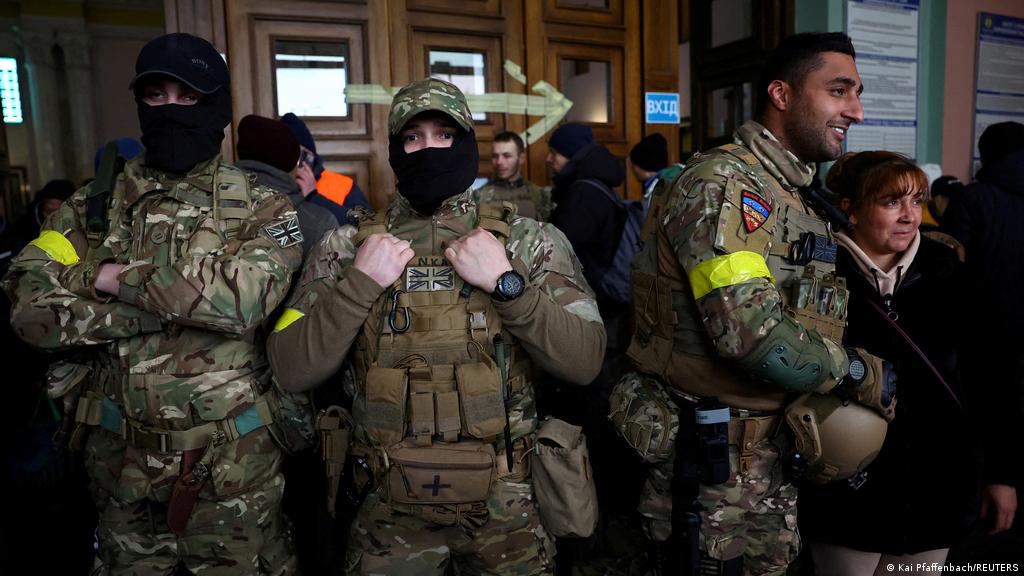

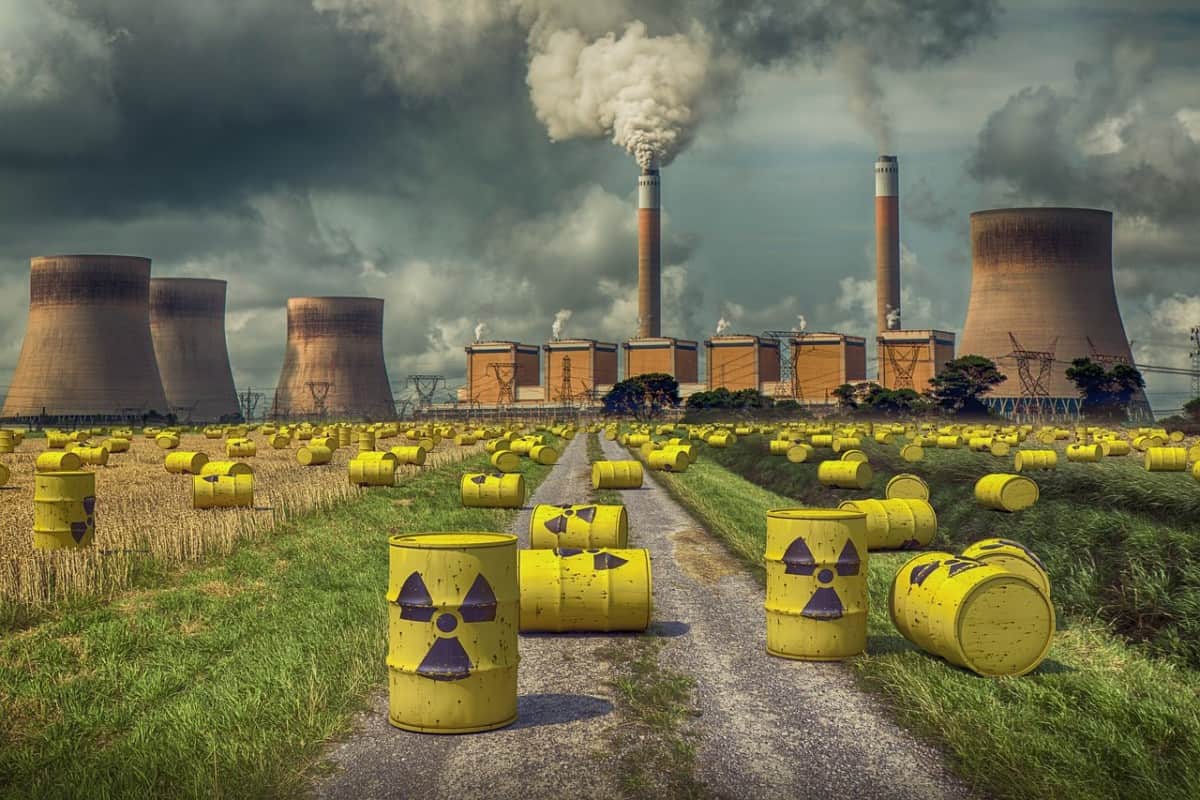 Till 2014, “Two Track Diplomacy” was followed by the major powers as they encouraged Iran for diplomatic negotiations, at the same time sanctions were being imposed on Iran’s energy and finance sectors. All these events led to the nuclear deal, a landmark accord reached in 2015 which brought together the permanent members of UN Security Council and the European Union for a shared commitment. Under the deal, Iran dismantled much of its nuclear program and opened the nuclear sites for inspection, in return sanctions were lifted and Iran was allowed to make economic relations with the international community. Iran agreed to restrain nuclear activities and it was assured by US that no new sanctions will be imposed.
Till 2014, “Two Track Diplomacy” was followed by the major powers as they encouraged Iran for diplomatic negotiations, at the same time sanctions were being imposed on Iran’s energy and finance sectors. All these events led to the nuclear deal, a landmark accord reached in 2015 which brought together the permanent members of UN Security Council and the European Union for a shared commitment. Under the deal, Iran dismantled much of its nuclear program and opened the nuclear sites for inspection, in return sanctions were lifted and Iran was allowed to make economic relations with the international community. Iran agreed to restrain nuclear activities and it was assured by US that no new sanctions will be imposed.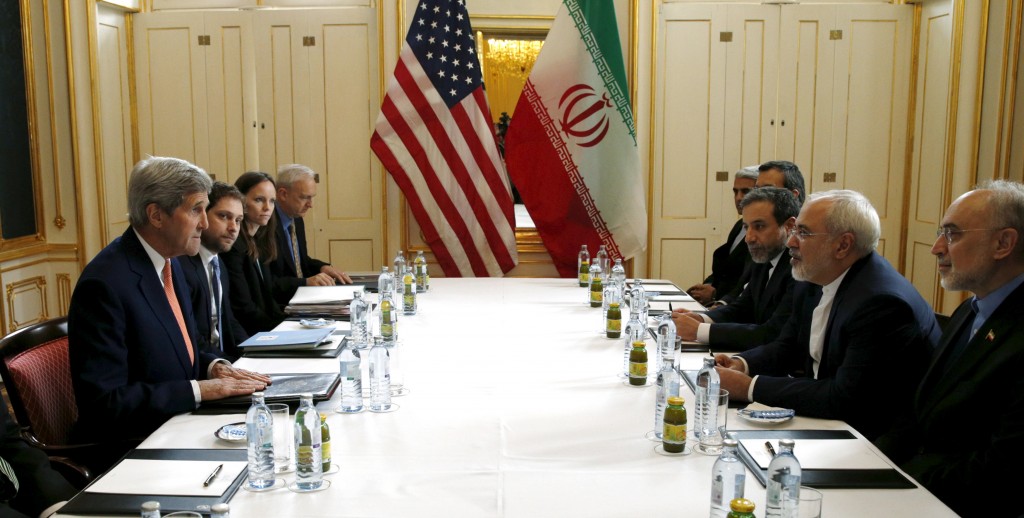 The Joe Biden administration after coming to power in 2021 pledged to revive the nuclear deal to which Iran also agreed on a condition of indirect involvement, talks resumed in November in Vienna. Last month on 23rd Feb 2022, a European Union representative to talks said “We are nearing the end” over the success or failure of renewed Iran nuclear deal. The next day Russia-Ukraine crisis erupted, for the UK, US and EU have imposed sanctions on Russia’s oil, gas and financial sector, trade and travel restrictions also made, in response to that Russia has also banned exports. According to the participants of talks, the deal was on the verge of being finalized after a year of discussions. But, last-minute demands from Russia, one of the deal’s signatories, have threatened to undermine the efforts to revive JCPOA. Russia has said it wants assurance that Western sanctions imposed on Moscow will not prohibit Russia from doing business and military cooperation with Iran. The outcome of the current intensive discussions in Vienna aimed at restoring Iran’s 2015 nuclear deal with world powers and Iran’s relationship with Russia now has to be foreseen in coming days.
The Joe Biden administration after coming to power in 2021 pledged to revive the nuclear deal to which Iran also agreed on a condition of indirect involvement, talks resumed in November in Vienna. Last month on 23rd Feb 2022, a European Union representative to talks said “We are nearing the end” over the success or failure of renewed Iran nuclear deal. The next day Russia-Ukraine crisis erupted, for the UK, US and EU have imposed sanctions on Russia’s oil, gas and financial sector, trade and travel restrictions also made, in response to that Russia has also banned exports. According to the participants of talks, the deal was on the verge of being finalized after a year of discussions. But, last-minute demands from Russia, one of the deal’s signatories, have threatened to undermine the efforts to revive JCPOA. Russia has said it wants assurance that Western sanctions imposed on Moscow will not prohibit Russia from doing business and military cooperation with Iran. The outcome of the current intensive discussions in Vienna aimed at restoring Iran’s 2015 nuclear deal with world powers and Iran’s relationship with Russia now has to be foreseen in coming days.
